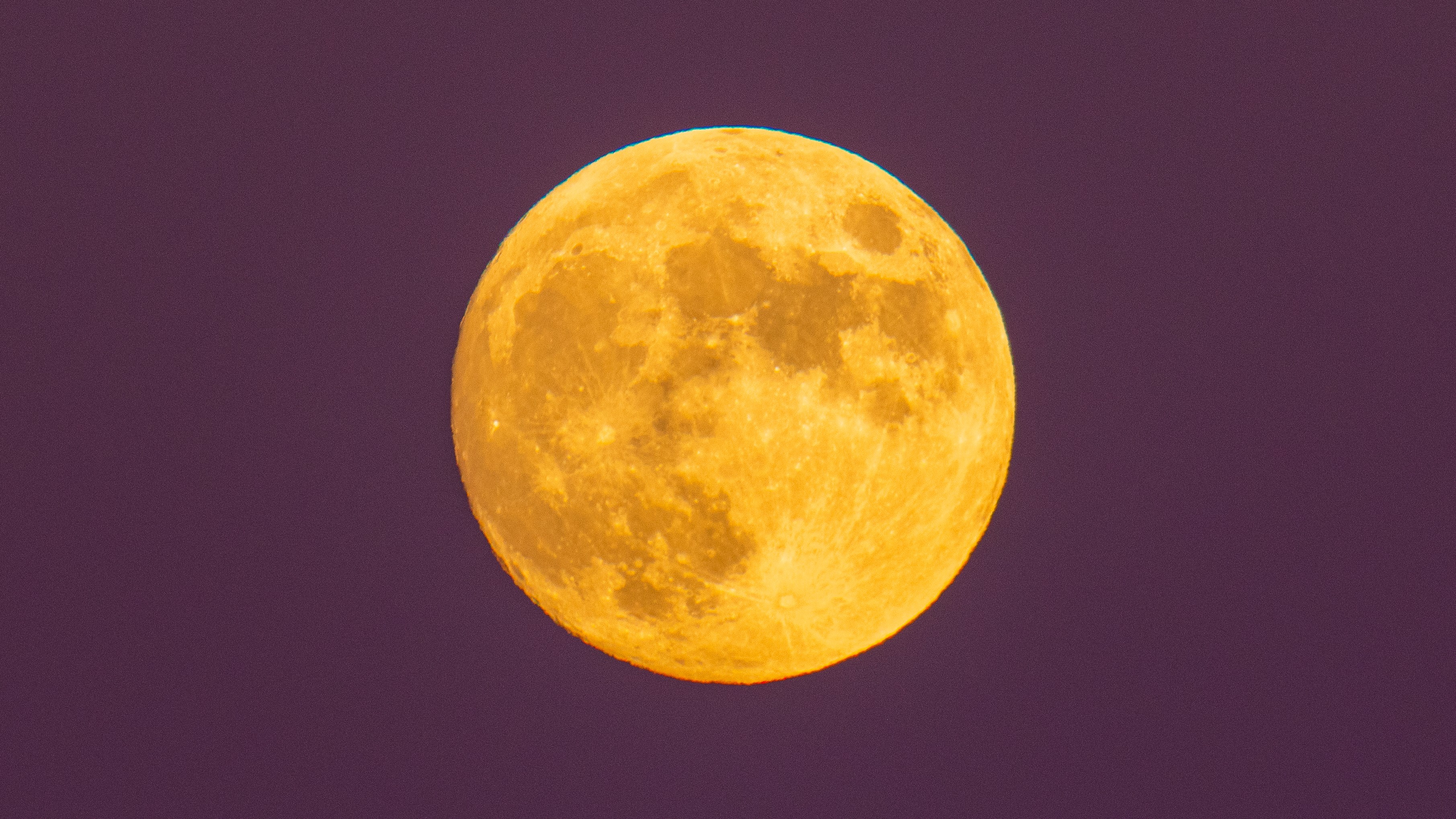
The fourth and final "supermoon" of 2024 will be 100% illuminated on Friday, Nov. 15 — but the best time to see it from North America will be as it rises in the east on Nov. 16.
November's full moon is typically called the Beaver Moon for the beavers that typically build their winter dams this time of year in the northeastern U.S., according to timeanddate.com. It's also called the Frost Moon and the Snow Moon in North America because the continent is on the verge of winter and the colder temperatures that come with it. The Anishinaabeg people call the August moon "Baashkaakodin Giizis," which means the "Freezing Moon," according to the Center for Native American Studies.
This year's Beaver Moon is the final of four supermoons in 2024, following August's Sturgeon Moon, September's Harvest Moon and October's Hunter's Moon. A supermoon is a consequence of the moon's elliptical orbit, which means the moon reaches its closest point to Earth, known as perigee, at a slightly different time every month. When a full moon comes within 90% of perigee, it's a supermoon.
Related: The 1st 'major lunar standstill' in more than 18 years is about to occur. Here's how to see it.
Although the moon will be officially full at 4:28 p.m. EST (21:28 UTC) on Nov. 15, a full moon is best observed as it rises in the east in early twilight, shortly after the sun has set in the west. That doesn't quite happen on Nov. 15 in North America, where the full moon rises significantly before sunset. So the best time to see the supermoon will be at moonrise on Saturday (Nov. 16), which will be about 20 to 30 minutes after sunset across the continent.
If you look at the Beaver Moon on the night of Nov. 15, the sparkling Pleiades open star cluster, also known as the "Seven Sisters," will be to its lower left. On Nov. 16, the Pleiades will be to the moon's upper right.
You can look at the full moon without any optical aids, but if you catch it at moonrise, stargazing binoculars and backyard telescopes can help reveal details on the lunar surface that are not visible to the naked eye. As the full moon rises, its glare increases significantly, so it will be difficult to view it directly.
The 12th and final full moon of 2024 will be the "Cold Moon," which rises on Dec. 15.







